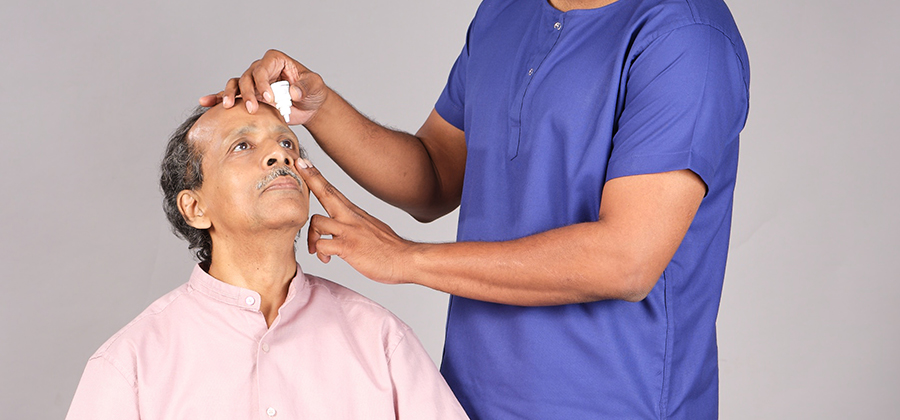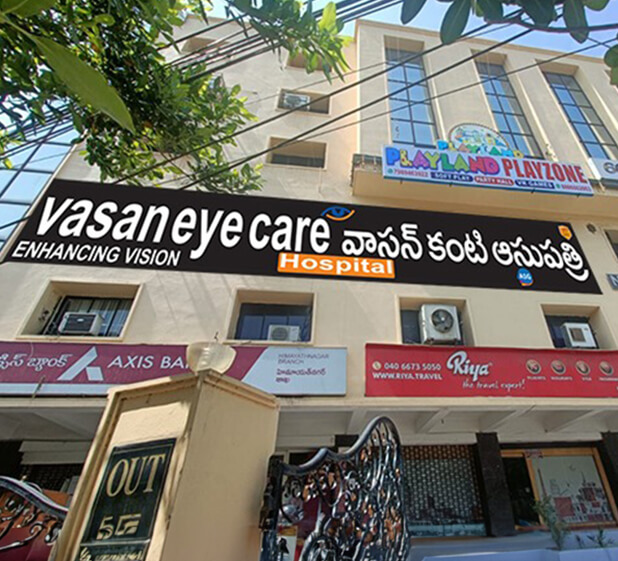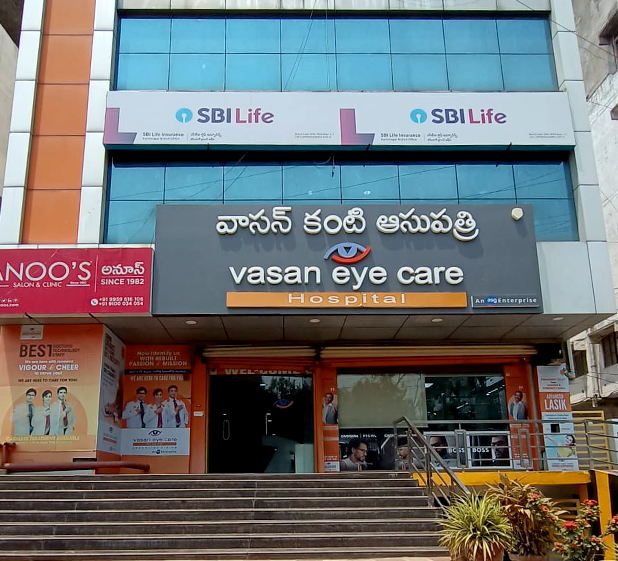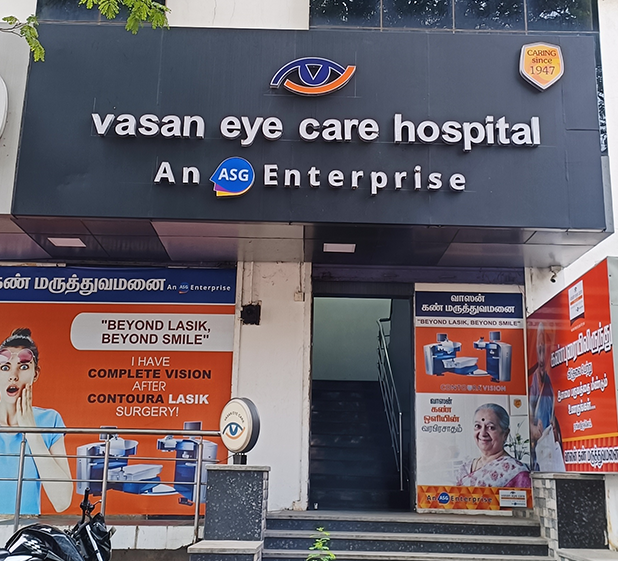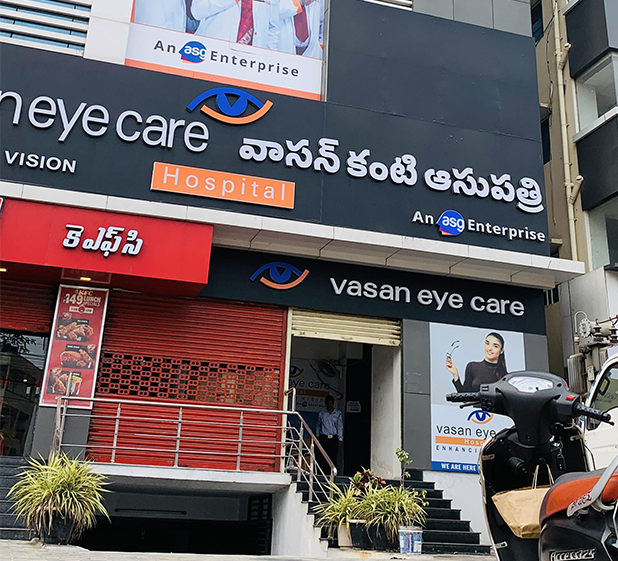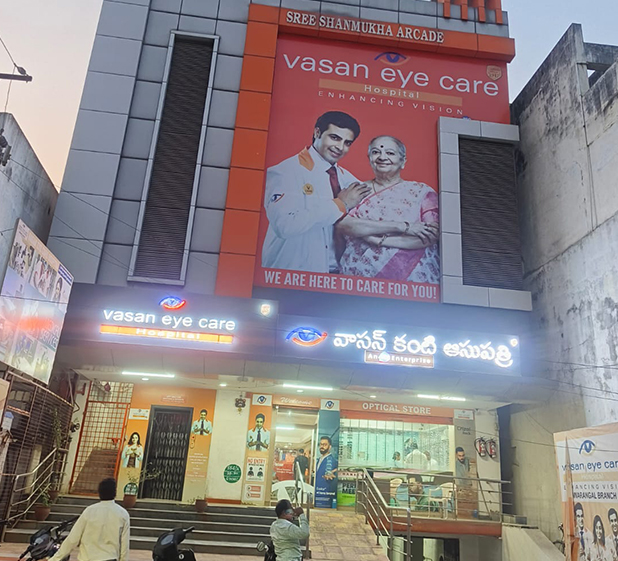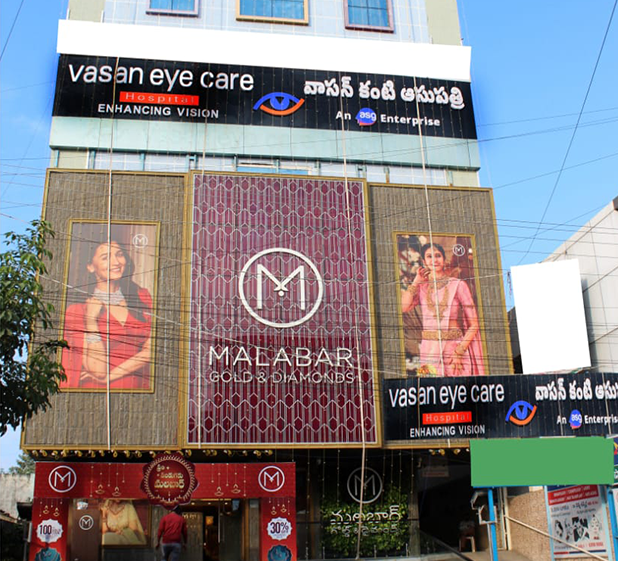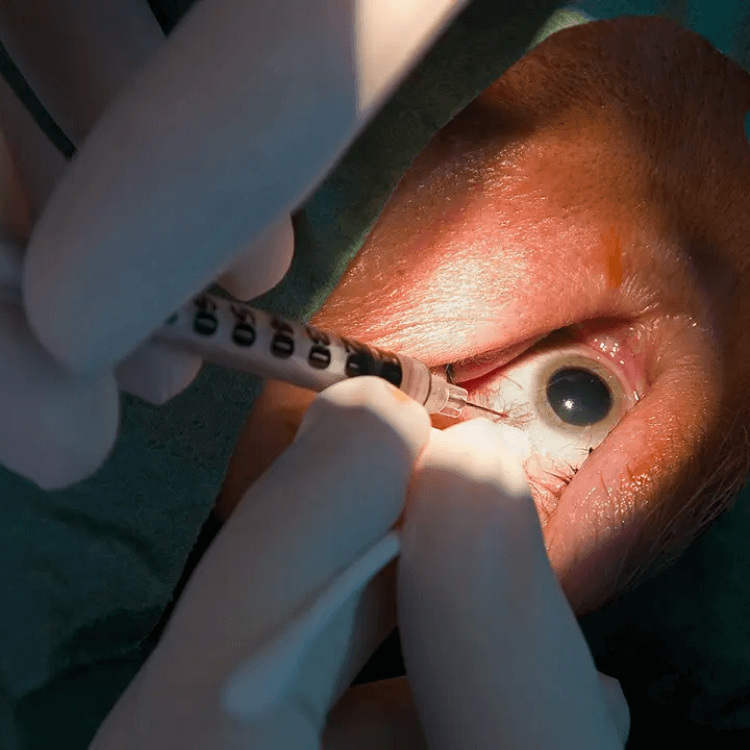Prescription Eye Drops
Lubricating eye drops works by adding some of the same elements that your tears naturally have and provide moisture and relief. Other drops containing immune-suppressing medications help reduce inflammation of your cornea which may be impacting your tear fluid production.

